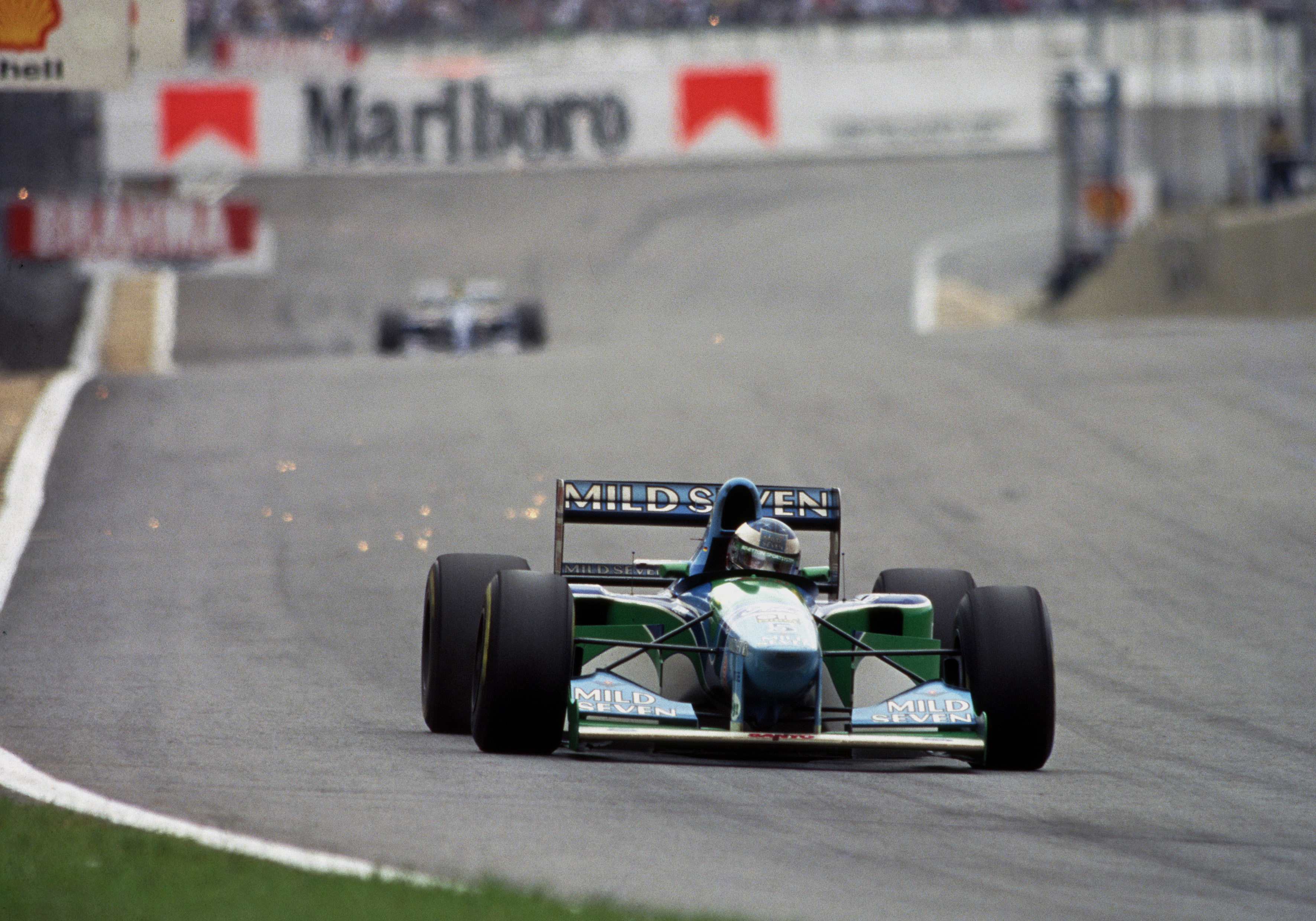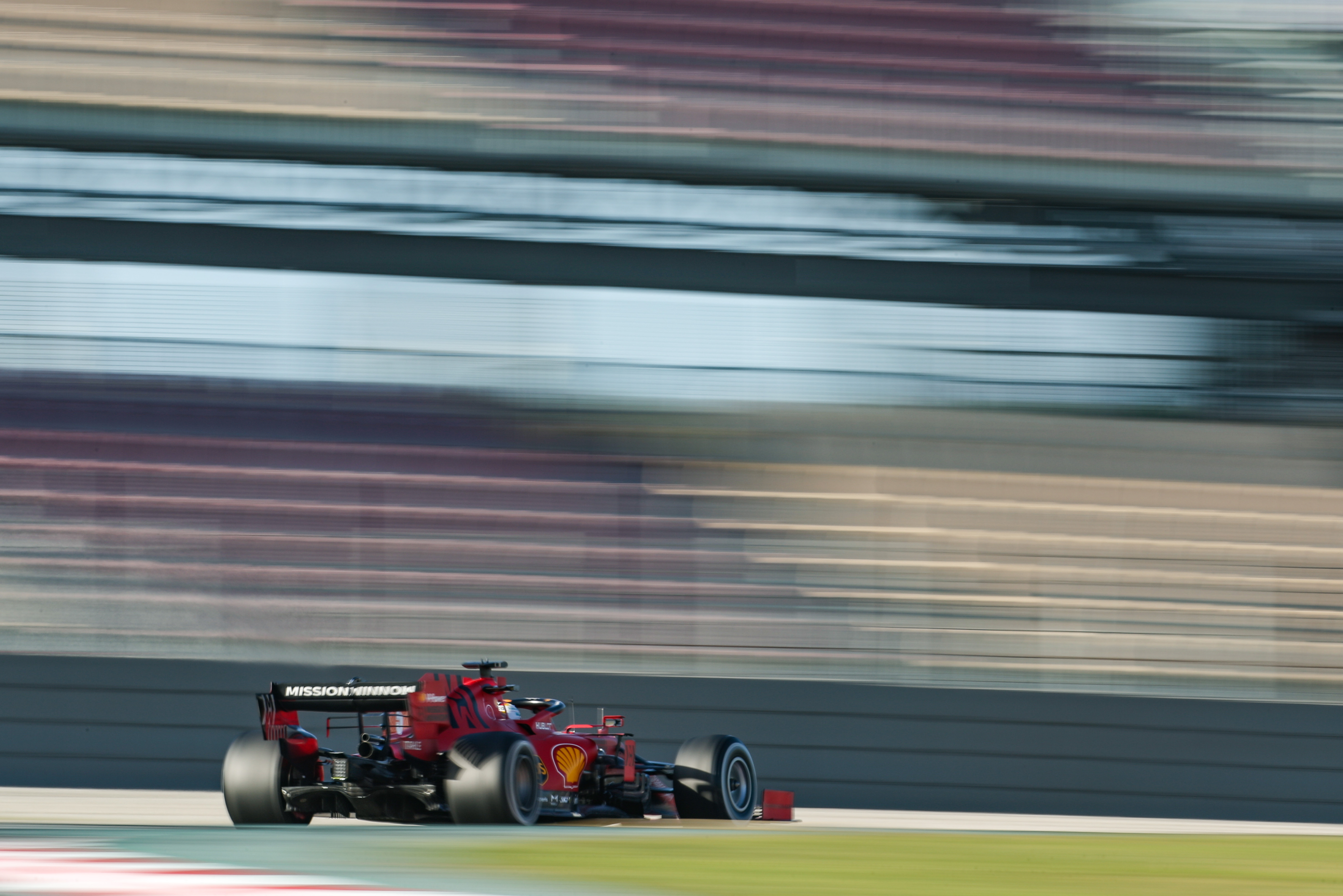The FIA’s second statement relating to its investigation of Ferrari’s 2019 Formula 1 power unit, following an earlier statement put out by the ‘Not So Secret Seven’ teams, is making the whole episode an extraordinary call and response pantomime.
It’s almost like a reality television show, with the public being treated to the argument live as it happens. It’s entertainment and drama, but it’s probably not that healthy.
In this latest statement, in response to the seven teams’ mass outrage release, the FIA has confirmed what we suspected – that it could not definitively prove that Ferrari had cheated.
The presence of something that could subvert the fuel flow meter reading isn’t the same as proving it was used. It’s rather like with Benetton’s ‘Option 13’ software of 1994 that allowed for the banned launch control but without any traces that it had been employed. Sure, why would it be on there if it wasn’t used? But that’s not the same as proof.

The FIA has confirmed Ferrari as denying it ever ran not in compliance – in other words taking a stance of ‘prove it’ – and so, unable to summon that proof, the FIA has reached its infamous ‘agreement’.
We can be pretty certain that Ferrari would have backed up its ‘prove it’ position with the threat of reacting very robustly (possibly legally) to any sort of sporting penalty for an unproven offence.
As soon as it made that first release on the matter, the FIA was inviting the reaction that followed. Although it said the agreement would remain private between the two parties – as is allowed for in the disciplinary procedure of the sporting articles – and this triggered from the other teams calls for transparency, the FIA’s act of publicising the agreement (and of the investigation itself) was actually way more transparent than F1 has been used to.
In the Bernie Ecclestone/Max Mosley days this would have been handled behind closed doors – unless the publicising of it met a political agenda. That really doesn’t appear to be the case this time.
It’s just exactly as the releases have stated – but it’s triggered a public spat that, in keeping with transparency, has been summarised in a sequence of public releases. Like a row between three parties being recorded and transmitted as the public look on, open-mouthed.
It’s a bad time for discord, as F1 faces massive and obvious challenges – immediate (coronavirus), medium term (ecology, automotive) – just when it’s trying to reach agreement in terms for 2021 and beyond.

One of the most emotive trigger points in those negotiations has been just how much extra income Ferrari – as the biggest profile brand in the series – should get. Just when it had been generally accepted by the others that this was justifiable, or something they could at least live with, Ferrari has done something the others (and the FIA) naturally view with great suspicion. It would be natural for them to feel they’d been taken for a ride.
Ferrari’s apparent reversion to old school F1 ethics (generally summarised as ‘it’s not cheating unless it can be proven’) in an era of transparency has clashed horribly.

